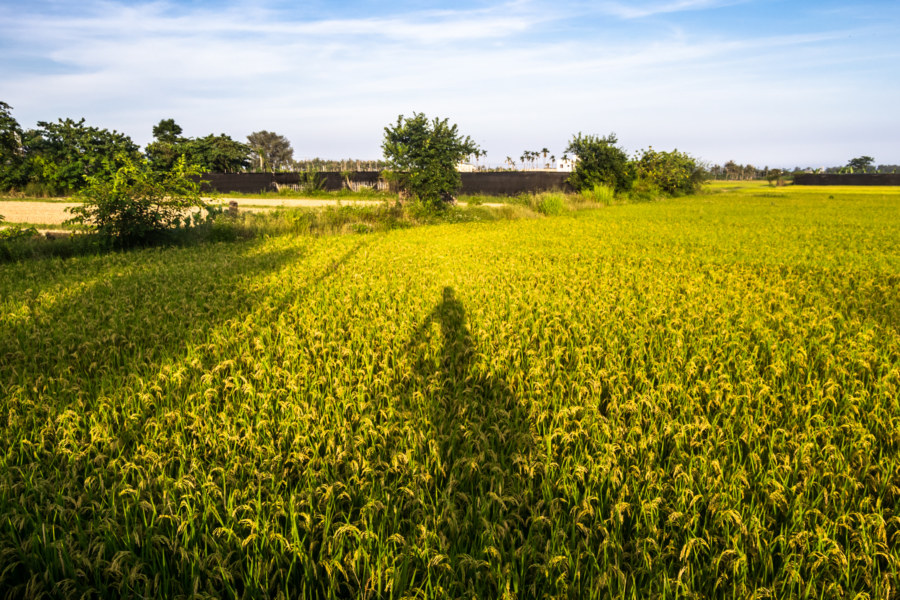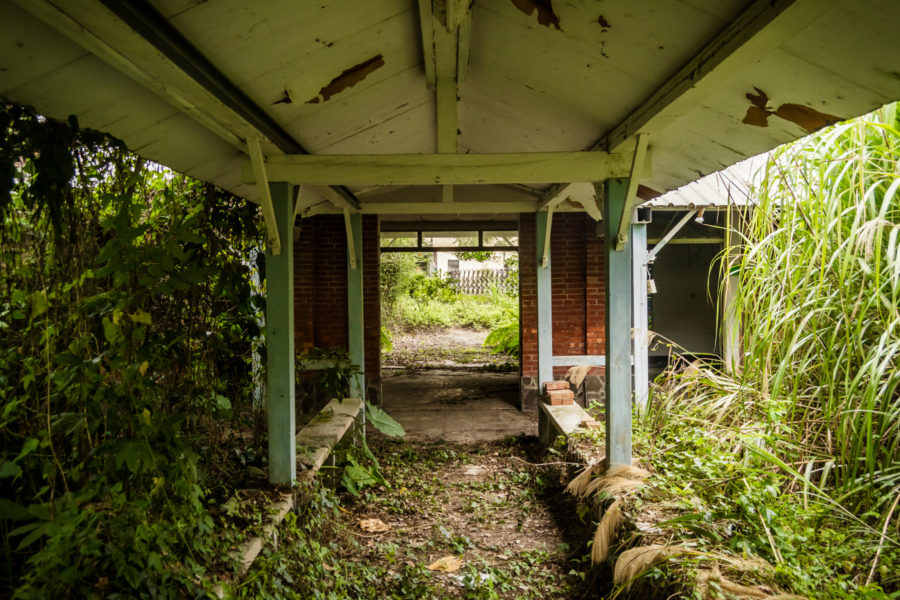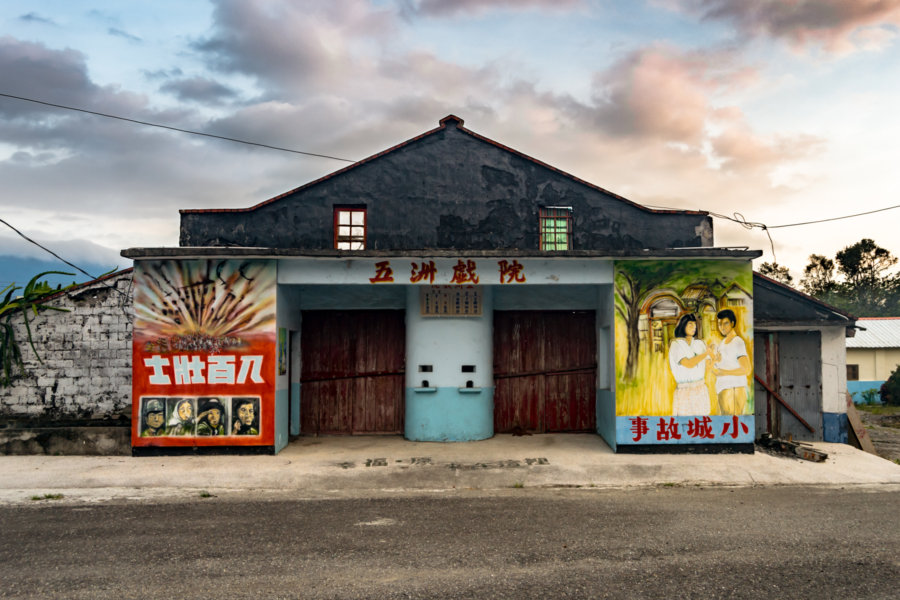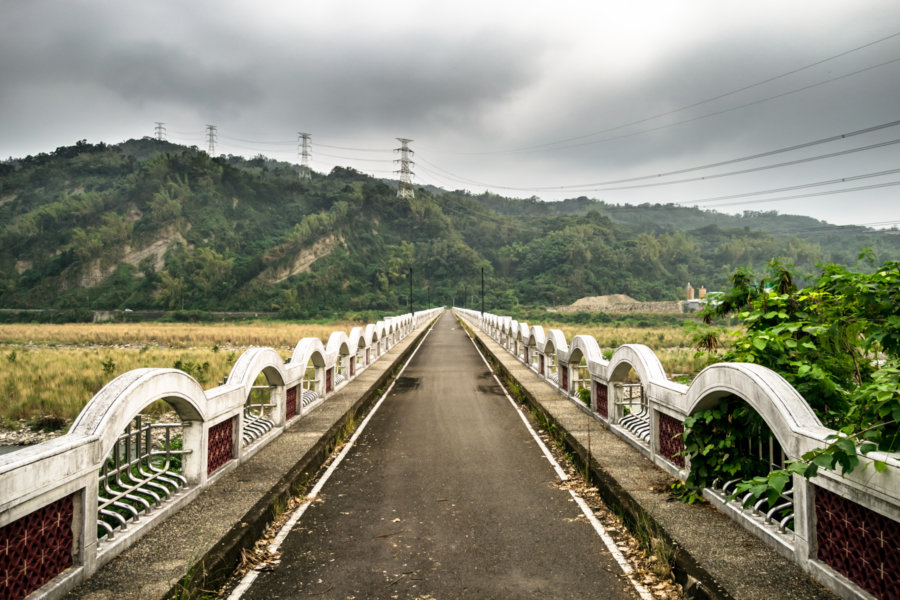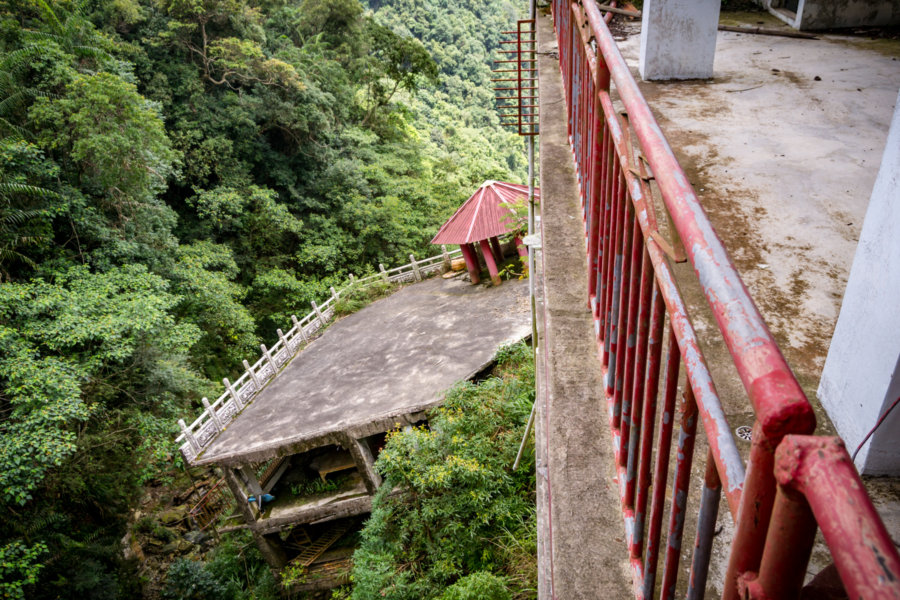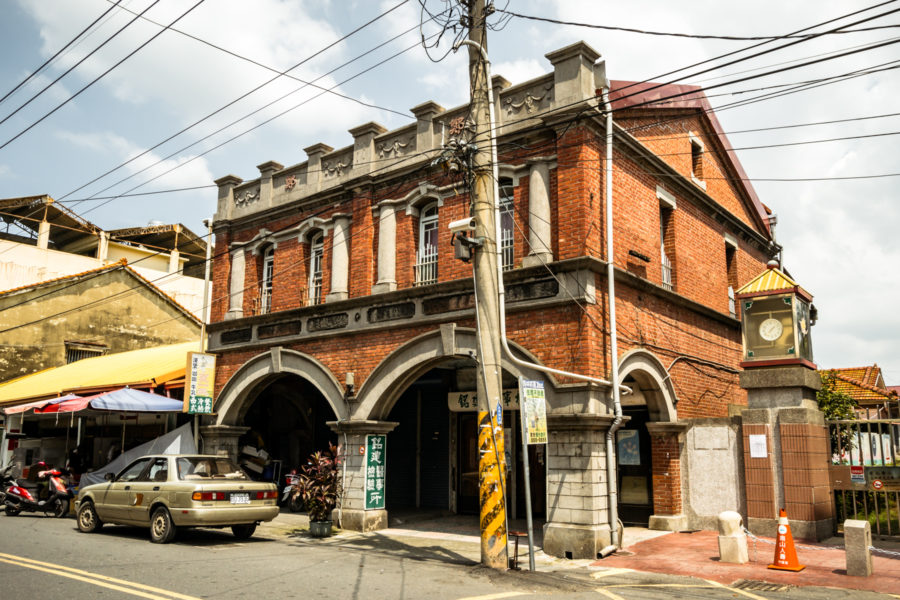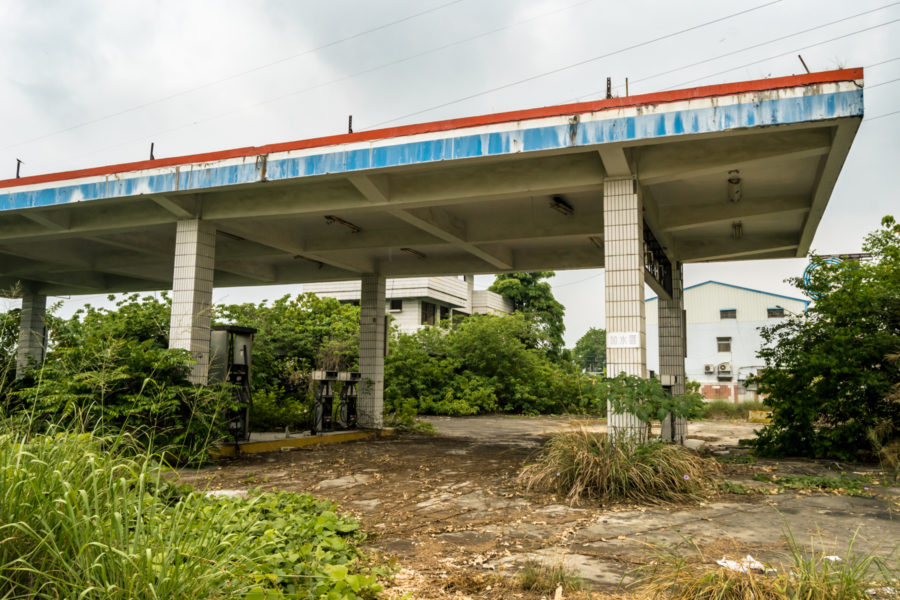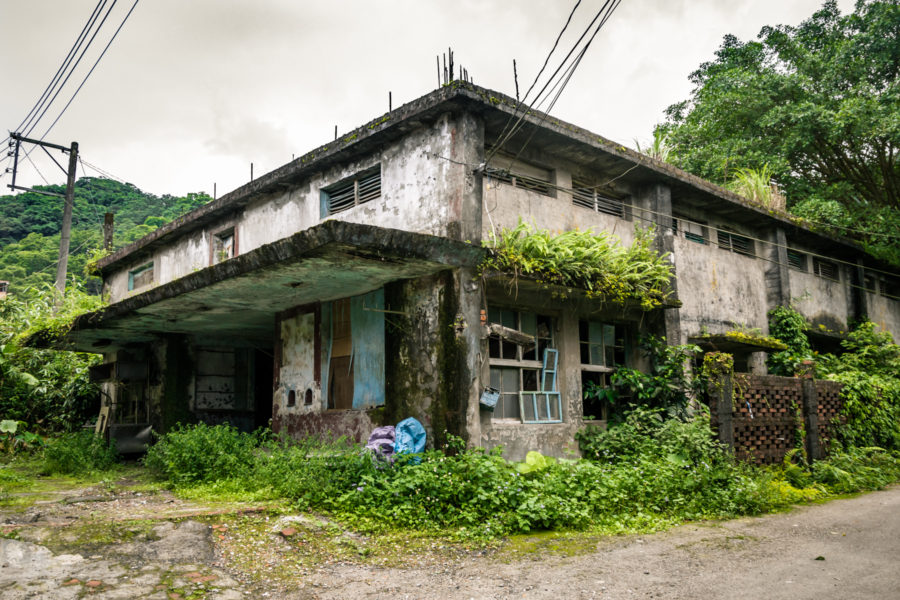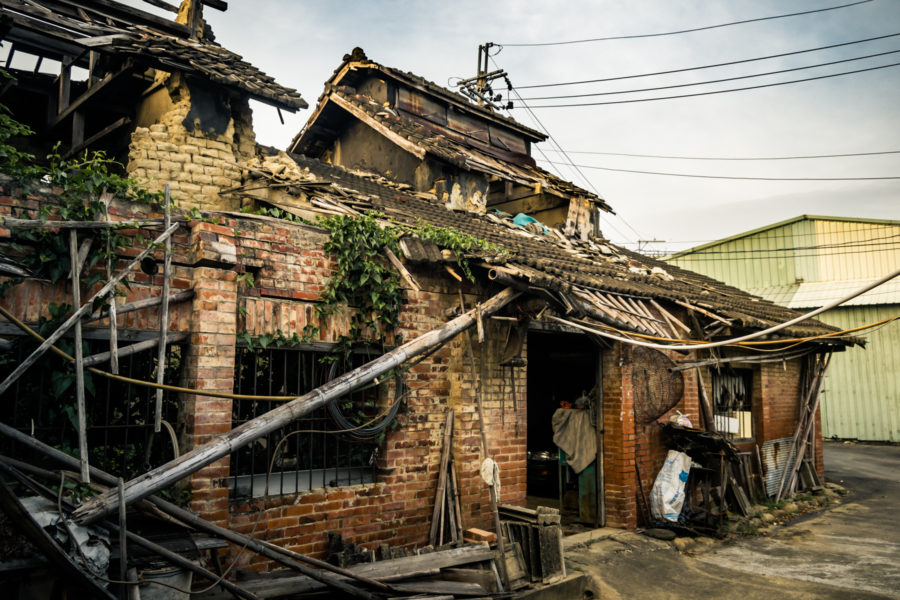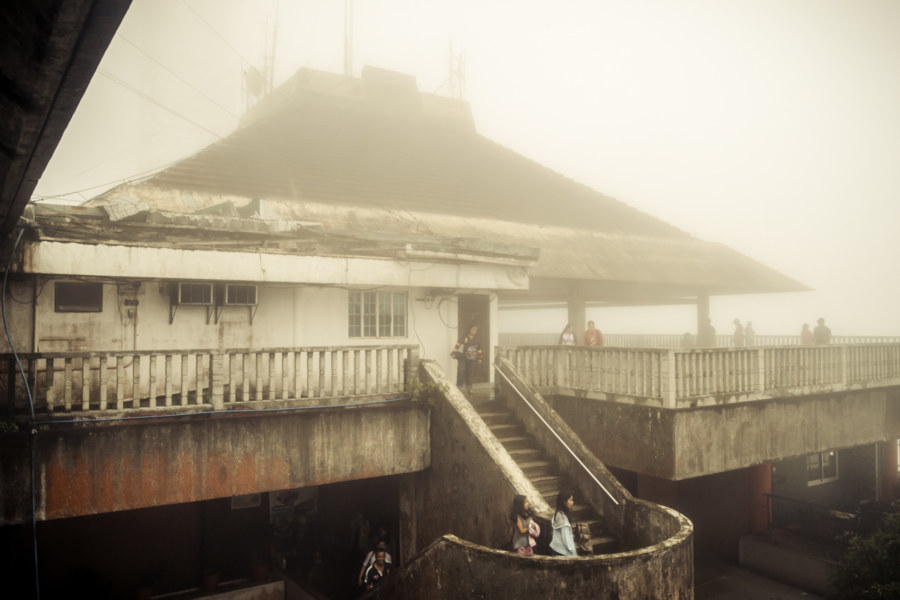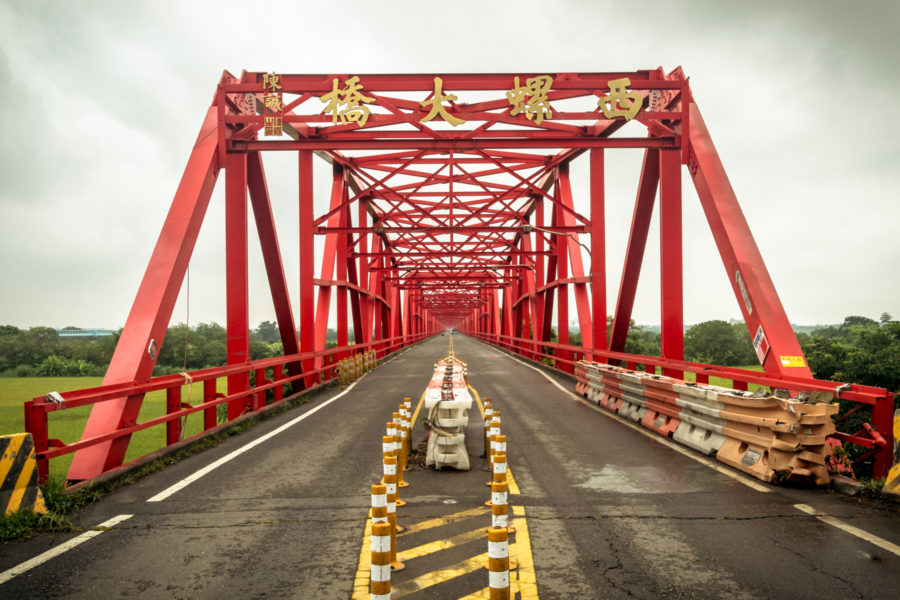Tuberculosis remains the deadliest communicable disease in Taiwan, claiming approximately 600 lives per year, but great strides have been made in reducing its toll throughout the 20th century. Nearly 5% of the population were afflicted by the disease in the late 1940s—and with an annual mortality rate of 3 in 1,000, it was also among the leading causes of death of any kind in post-war Taiwan. The disease was especially prevalent among the Taiwanese Indigenous people of the remote mountainous interior, who simply couldn’t afford to see a doctor or purchase medicine (even if there were a clinic anywhere nearby).
Christian missionary organizations went to great lengths to expand access to medical services in the late 1950s, founding numerous clinics and sanatoriums in Indigenous territory all across Taiwan. In 1957 this particular tuberculosis sanatorium was constructed next to a secluded lake on the outskirts of Puli, Nantou, to provide free treatment and relief for people of the mountains. The next several decades saw great advances in healthcare in Taiwan and the sanatorium closed in 1980, its purpose fulfilled. It reopened as a Presbyterian retreat center and campground in the late 1980s and was ultimately abandoned to the elements sometime in recent years.
